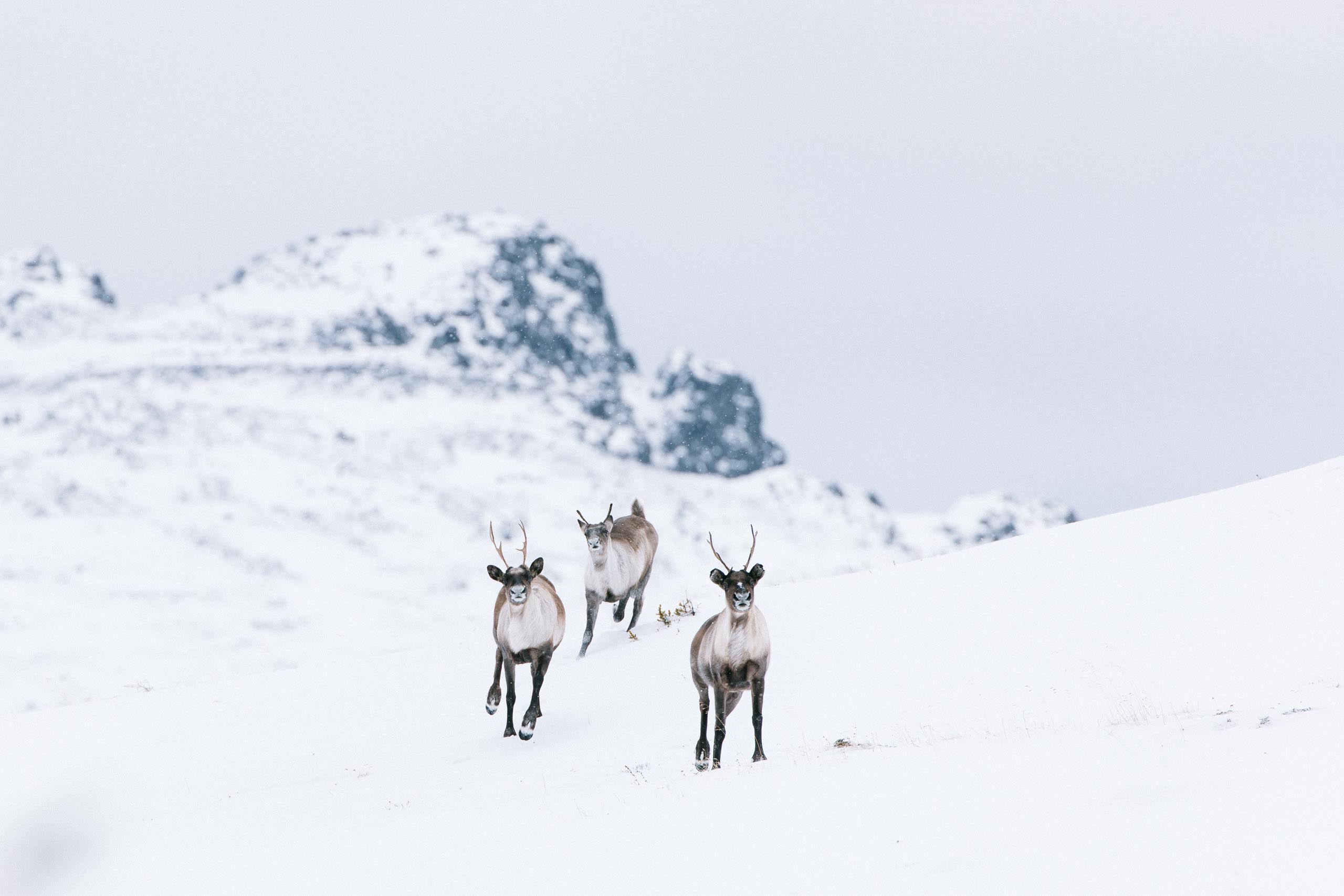The Narwhal | Explainer
November 21, 2022 | Ainslie Cruickshank
Thousands of people will soon converge on Montreal for the United Nations’ biodiversity conference, the world’s big chance to agree on a path forward to save nature — and ourselves
There are no gray whales in the Atlantic Ocean anymore. The island marble butterfly and Pacific pond turtle have disappeared from B.C. And, in Ontario, the paddlefish and timber rattlesnake are locally extinct. Wetlands have been drained, grasslands destroyed and old-growth forests systematically cleared.
It’s a global problem and it’s getting worse. And, yet there are solutions. What’s not clear is whether we come together to act in time. But soon delegates from countries around the world will converge in Montreal to hash out the final details of what could be a landmark agreement to save biodiversity.
There is a lot at stake: biodiversity is all living things, the genetic diversity within species and the variety of ecosystems found on Earth. For better or worse, humans are part of it.
Kaska Dena Elders have warned for decades that northern mountain caribou are declining. The Kaska Dena are working to protect their territory, including through a 40,000 square kilometre proposed Indigenous Protected and Conserved Area. Photo: Jeremy Koreski / The Narwhal
A weak agreement could see a continued erosion of nature, creating a dire situation for close to one million species already at risk of extinction and threatening our ability to combat human-caused climate change. A strong agreement, backed up with funding and monitoring mechanisms, could set the stage for renewed efforts to protect nature.
Here’s what you need to know in the lead up to COP15, the United Nations’ biodiversity conference in Montreal…


